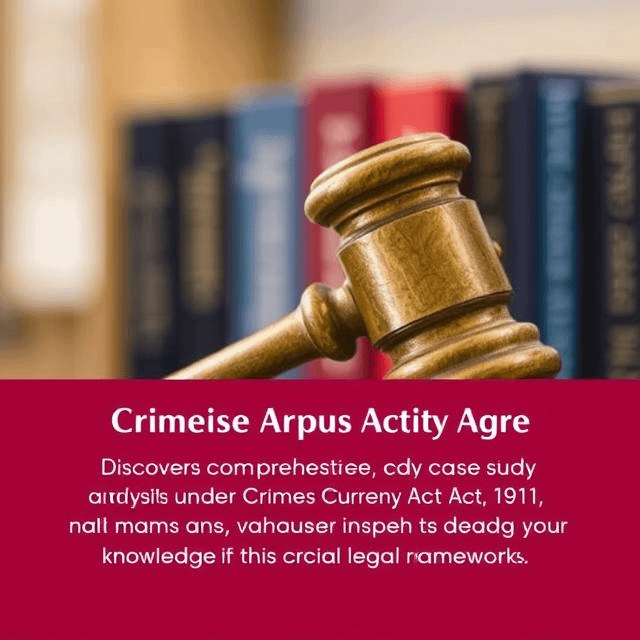The Crimes (Currency) Act 1981 makes provisions with respect to offences connected with the counterfeiting of money.
Although it is Commonwealth legislation, all state, territory and federal police are authorised under the Crimes (Currency) Act to seize and prosecute currency-related matters. The legislation covers domestic and foreign currencies, including US dollars and euros.
Counterfeit-related offences according to the Crimes (Currency) Act include, but are not limited to:
- Making counterfeit money: a person shall not make, or begin to make, counterfeit money. The maximum penalty is 14 years’ imprisonment (for a person not being a body corporate) or 750 penalty units (for a person being a body corporate).
- Uttering counterfeit money: a person shall not utter counterfeit money, knowing it to be counterfeit money. The maximum penalty is 12 years’ imprisonment (for a person not being a body corporate) or 600 penalty units (for a person being a body corporate).
- Possessing counterfeit money: a person shall not have in their possession counterfeit money. The maximum penalty is 10 years‘ imprisonment (for a person not being a body corporate) or 500 penalty units (for a person being a body corporate).
- Possessing instruments and material used for counterfeiting: a person shall not possess a machine, or any tools, etc, intended to be used in connection with counterfeit money. The maximum penalty is 10 years’ imprisonment (for a person not being a body corporate) or 500 penalty units (for a person being a body corporate).
A penalty unit is currently $222.
For more information see the Crimes (Currency) Act 1981.
